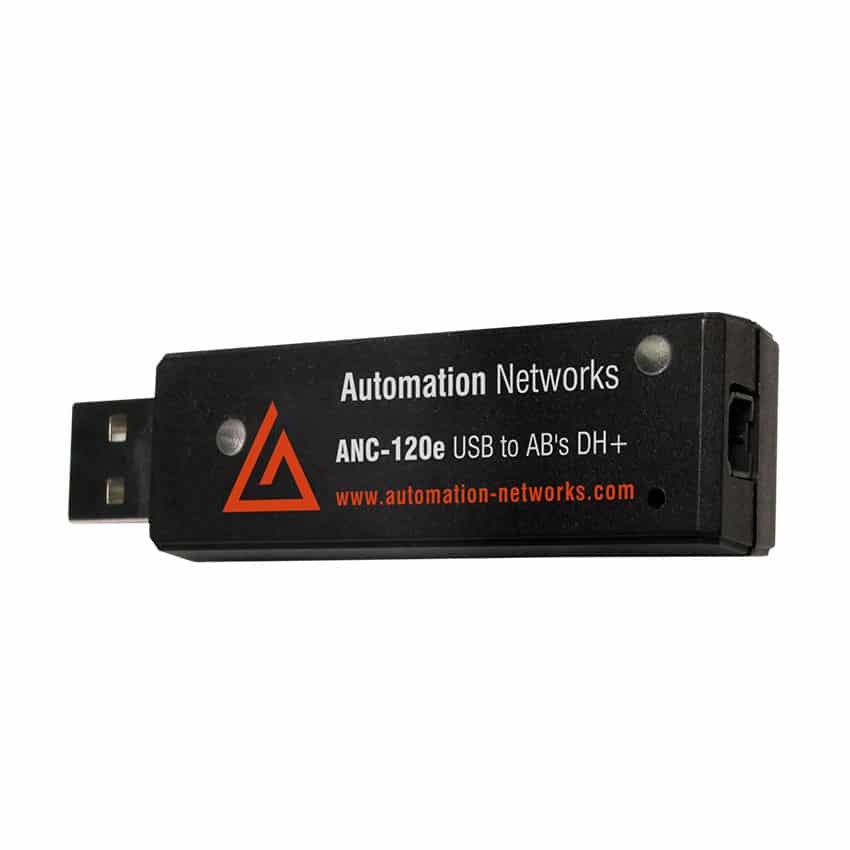Ethernetip Network Overview
EtherNet/IP (Ethernet Industrial Protocol) is a widely used industrial network protocol that extends standard Ethernet for use in industrial automation and control systems. It is managed by ODVA (Open DeviceNet Vendors Association) and is based on the Common Industrial Protocol (CIP), which also supports DeviceNet and ControlNet.
Key Features of EtherNet/IP
- Real-Time Communication: Supports both cyclic (scheduled) and acyclic (unscheduled) data exchange, essential for real-time control and monitoring.
- Standard Ethernet: Utilizes standard Ethernet (IEEE 802.3) technology, making it compatible with existing network infrastructure and IT systems.
- CIP-Based: Based on the Common Industrial Protocol (CIP), which provides a common application layer for industrial protocols, facilitating interoperability between different devices and networks.
- Scalability: Supports a wide range of devices from simple sensors to complex controllers, making it suitable for small to large-scale industrial applications.
- Interoperability: Ensures devices from different manufacturers can communicate seamlessly, promoting vendor-neutral solutions.
- Security: Implements various security features to protect against unauthorized access and ensure data integrity.
Architecture of EtherNet/IP Network
- Physical Layer: Utilizes standard Ethernet hardware, such as switches, routers, and cabling (Cat5e, Cat6).
- Data Link Layer: Uses the Ethernet MAC (Media Access Control) for data framing and error detection.
- Network Layer: Employs IP (Internet Protocol) for addressing and routing data packets across the network.
- Transport Layer: Uses TCP (Transmission Control Protocol) and UDP (User Datagram Protocol) for reliable and fast data transmission.
- Application Layer: Implements CIP for defining object models, services, and behaviors for devices on the network.
Components of an EtherNet/IP Network
- Controllers: Programmable Logic Controllers (PLCs) and Distributed Control Systems (DCS) that perform control tasks.
- I/O Devices: Input/Output devices, including sensors and actuators, that interface with the physical processes.
- Human-Machine Interfaces (HMIs): Devices that provide a graphical interface for operators to monitor and control the system.
- Networking Equipment: Ethernet switches, routers, and gateways that connect devices and manage network traffic.
- Engineering Tools: Software tools for configuring, programming, and diagnosing network devices.
Communication Models
- Implicit Messaging: Also known as I/O messaging, it is used for real-time data exchange with low latency. It typically uses UDP and is scheduled.
- Explicit Messaging: Used for configuration, diagnostics, and non-time-critical data exchange. It typically uses TCP and is on-demand.
Applications of EtherNet/IP
- Factory Automation: Controlling and monitoring manufacturing processes, assembly lines, and robotic systems.
- Process Automation: Managing continuous processes in industries such as oil and gas, chemical, and pharmaceuticals.
- Motion Control: Coordinating the movements of motors and actuators in applications such as CNC machines and packaging equipment.
- Building Automation: Integrating HVAC, lighting, and security systems in smart buildings.
- Energy Management: Monitoring and controlling power generation, distribution, and consumption.
Advantages of EtherNet/IP
- High Performance: Provides fast and reliable communication suitable for real-time control applications.
- Flexibility: Easily integrates with IT systems and supports a wide range of devices and applications.
- Cost-Effective: Leverages standard Ethernet technology, reducing the cost of network infrastructure and maintenance.
- Future-Proof: Continuously evolving with advancements in Ethernet technology and industrial automation standards.
Conclusion
EtherNet/IP is a robust and versatile network protocol that brings the advantages of standard Ethernet to industrial automation. It offers real-time performance, scalability, and interoperability, making it a preferred choice for modern industrial networks.
ANC-100e Ethernet IP to AB's DH+ Converter
The Automation Networks ANC-100e communicates with all SCADA, HMI, PLC programming with direct Ethernet/IP access to the DH+ network and stations.
ANC-100e has similar replacement features as the Controllogix 1756-DHRIO / 1756-ENBT, and AB 1784 Interface Cards: 1784-U2DHP, 1784-KTx, 1784-PKTx, 1784-PCMK and Prosoft AN-X2-DHRIO Converters.
$1,295 USD List. Apr 1, 2024
ANC-120e USB to AB's DH+
The ANC-120e works with all SCADA, MMI, PLC programming packages installed on your PC with USB direct access to the DH+ network and stations. These packages include RSLINX/LOGIX Classic & Enterprise with RSLOGIX 5/500, Wonderware DAServer & TCP/IO Server, Citect, and Kepware using Controllogix Ethernet/IP Drivers.


